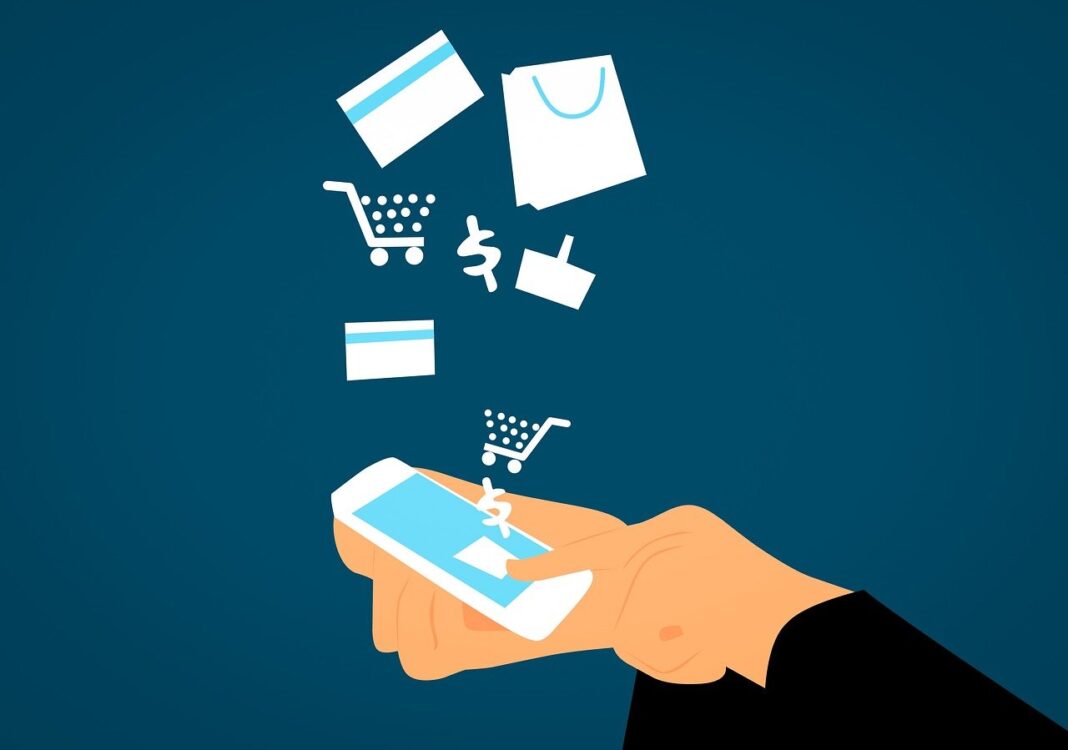Purchase-to-Pay (abbreviated as P2P) is the process used to describe a company’s procurement process from initial requisitioning of the order through to payment of the goods or services. P2P spans from the sourcing, requisitioning, purchasing, receiving, paying, and accounting for the goods and services.
The difference between procure-to-pay and source-to-pay
Purchase-to-pay is commonly referred to as procure-to-pay. Source-to-pay outlines the whole acquisition process, whilst procure-to-pay skips the sourcing process entirely. This is why procure-to-pay is recognized as a part of source-to-pay.
The Purchase-to-pay process
The full P2P process involves several separate operations performed by different parts of an organization involving multiple people or teams. At times this can be complex and gives confusion to the process. When a process is carried out manually, it can be inefficient and requires more time and effort, and a significant drawback is it has a propensity to allow room for human error to creep in.
However, an electronic automated P2P process can be introduced to bring in efficiency, minimizing potential avenues of errors, increasing transparency, and reducing costs. This is why there is a need to present a software solution that seamlessly maps out the entire process. Typically such a solution compresses four components.
1. E-Procurement
In an efficient electronic purchasing process, requisitions will be generated through catalogues integrated within the system. Such a solution should be user-friendly so that members of staff can adopt its usage seamlessly. The perfect solution should be intuitive and feel familiar to all staff. Once a staff member makes an order, the order will be electronically transmitted to the supplier’s system. If a supplier cannot receive structured data, the order can be sent by email. The system will then record the receipt of the goods and compares them to orders and invoices. The invoice for the order can be sent through automatically provided pre-configured business rules are set.
2. Electronic exchange of documents
The documents involved in the process should be exchanged electronically as this will save time costs. All documents involved in the process can be exchanged via a transaction network. An open network that connects all senders and receivers universally should be available.
3. Invoice automation
For an organization to feel the full benefits of an electronic P2P process, it should automate most of the steps if possible. This applies mostly to invoice processing as it saves so much time and human resources. Provisions for human intervention should only be required when the system fails to identify a named reference on the invoice.
4. Electronic payment
At the end of every P2P process, an invoice is paid. This is where the strategic deliberatons of working capital are applied, obviously based on payment terms and discounts. This involves managing buyers’ concerns, who usually want to push back payments, and suppliers, who want to be reimbursed sooner rather than later. This is why some P2P systems integrate various e-payment or financing services, such as bridging finance or dynamic discounting programs that encourage suppliers to settle invoices earlier.
Benefits of automating purchase to pay
The advantage of adopting an automated purchase-to-pay solution like the one proposed by Yooz is not limited to the improvement of purchase processes. With rigorous P2P solutions automating many manual processes, organizations will derive a host of operational benefits that directly have a positive impact on the business,
- Sourcing of all goods and services from a specific point
- Better spend visibility, as all data is collected through your automated modules and stored in a central hub.
- Payments are received faster, allowing accurate cash flow forecast and spending analysis.
- Automation efficiency: no manual re-keying of invoice data
- Time savings for buyers and suppliers
- Moving from a paper-based to an automated solution means that audit trails are easily retrievable and no data is lost.
- Improved flow of documents and ease of use for queries and amendments have encouraged better relations between buyers and suppliers.
Purchase solutions deliver several operational benefits to your organization. It simplifies your purchasing processes in a completely holistic way, while also providing maximum visibility for your entire organization’s spending.






